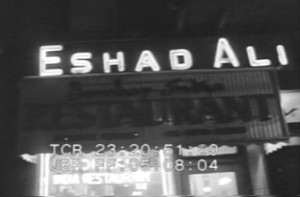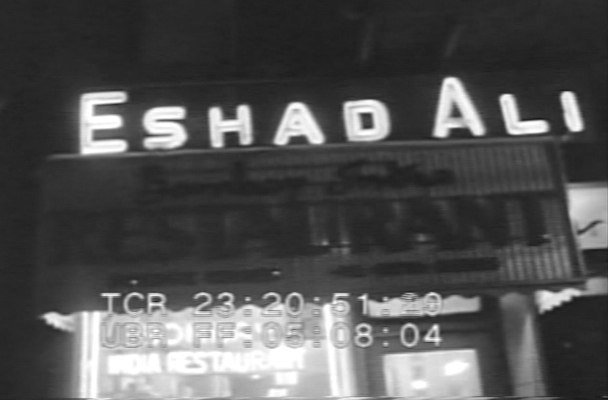About
 This website is part of an ongoing project by filmmaker and scholar Vivek Bald using different media – web, print, and video – to document the histories of two little-known groups of early South Asian migrants to the United States. Both were groups of Muslim men, predominantly from the region of Bengal, who entered the U.S. between the 1880s and the 1940s.
This website is part of an ongoing project by filmmaker and scholar Vivek Bald using different media – web, print, and video – to document the histories of two little-known groups of early South Asian migrants to the United States. Both were groups of Muslim men, predominantly from the region of Bengal, who entered the U.S. between the 1880s and the 1940s.
The first group, who set up in New Orleans in the final years of the nineteenth century, consisted of anywhere between a few dozen and a couple hundred peddlers of embroidered silks and other “Oriental goods” (as they were called at the time) from the district of Hooghly in modern-day West Bengal in India.
The second group consisted of hundreds of colonial maritime workers, men who labored in the engine rooms and kitchens of British steamships and, beginning around the time of the First World War, were either left in port in New York, Philadelphia, and Baltimore or jumped ship in search of better, less brutal and less captive work onshore. The largest number of these men came from Sylhet, Noahkali, and other regions in what is now Bangladesh.
These men from the subcontinent came to the United States during an era in which first Chinese and then virtually all Asian migrants were barred from entering the country and from becoming citizens. They also came when the social and physical geography of the United States was deeply divided and violently policed along racial lines.
Most of the peddlers and seamen were not immigrants in the usual sense of the term, but sojourners for whom the United States was not a final destination. Most moved into and through the U.S. as they navigated larger, global circuits of commerce and labor, staying in the U.S. for months or years at a time, but eventually returning to the subcontinent.
The smaller number who did settle in the U.S. were not welcomed or embraced by the nation; nor did they form their own ethnic enclaves as later groups of South Asian immigrants did. Instead they found alternate spaces of welcome, alternate lives and possibilities in existing working-class neighborhoods of color – Tremé in New Orleans, Black Bottom in Detroit, the Pennsylvania Avenue district in West Baltimore, and Harlem in New York City. Many of these Indian Muslim men married within the local communities in these neighborhoods and their children and descendants became part of Black and Latino/a America.
The website serves as an introduction to these histories, as a place to explore video and audio interviews and digitized archival materials, and most importantly, as an unfolding project of social history and personal memory – where the descendants of Muslim peddlers and seamen from the subcontinent and their African American and Latina partners and wives can share the stories of their families and communities.
The other parts of the project are a book, entitled Bengali Harlem and the Lost Histories of South Asian America, forthcoming on Harvard University Press in 2013, and a feature length documentary film, produced in collaboration with the writer and actor Alaudin “Aladdin” Ullah, entitled “In Search of Bengali Harlem.”

Recent Comments